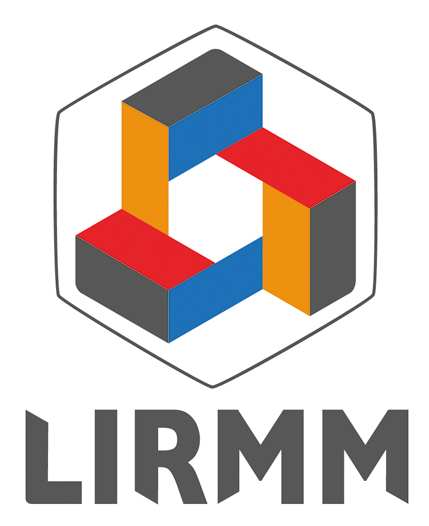Getting a tree fast: Neighbor Joining, FastME, and distance-based methods
Résumé
Neighbor Joining (NJ), FastME, and other distance-based programs including BIONJ, WEIGHBOR, and (to some extent) FITCH, are fast methods to build phylogenetic trees. This makes them particularly effective for large-scale studies or for bootstrap analysis, which require runs on multiple data sets. Like maximum likelihood methods, distance methods are based on a sequence evolution model that is used to estimate the matrix of pairwise evolutionary distances. Computer simulations indicate that the topological accuracy of FastME is best, followed by FITCH, WEIGHBOR, and BIONJ, while NJ is worse. Moreover, FastME is even faster than NJ with large data sets. Best-distance methods are equivalent to parsimony in most cases, but become more accurate when the molecular clock is strongly violated or in the presence of long (e.g., outgroup) branches. This unit describes how to use distance-based methods, focusing on NJ (the most popular) and FastME (the most efficient today). It also describes how to estimate evolutionary distances from DNA and proteins, how to perform bootstrap analysis, and how to use CLUSTAL to compute both a sequence alignment and a phylogenetic tree.
